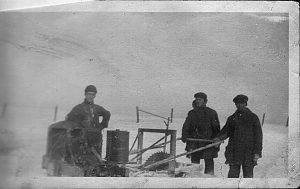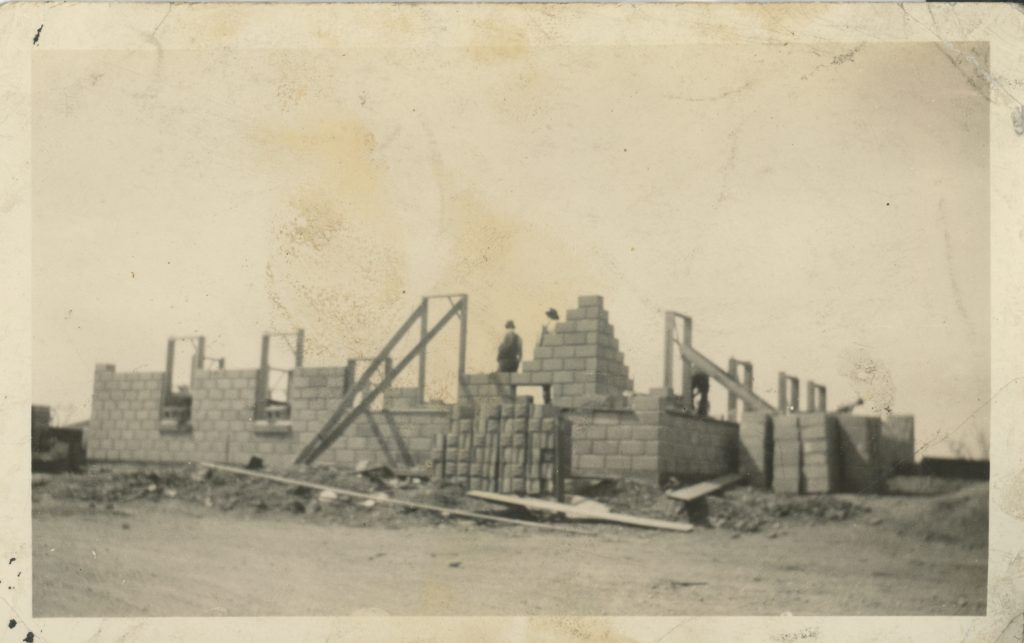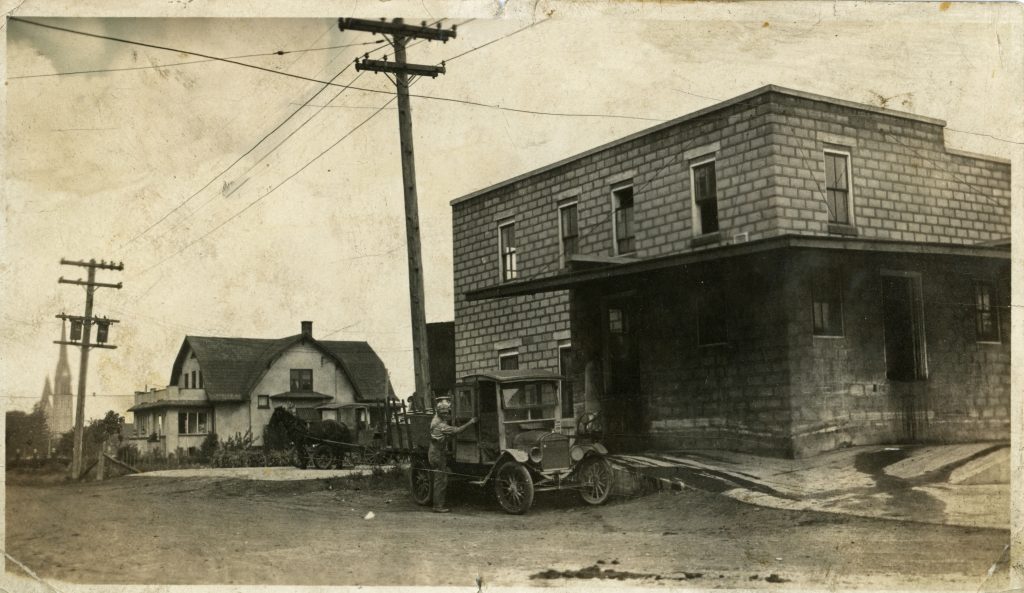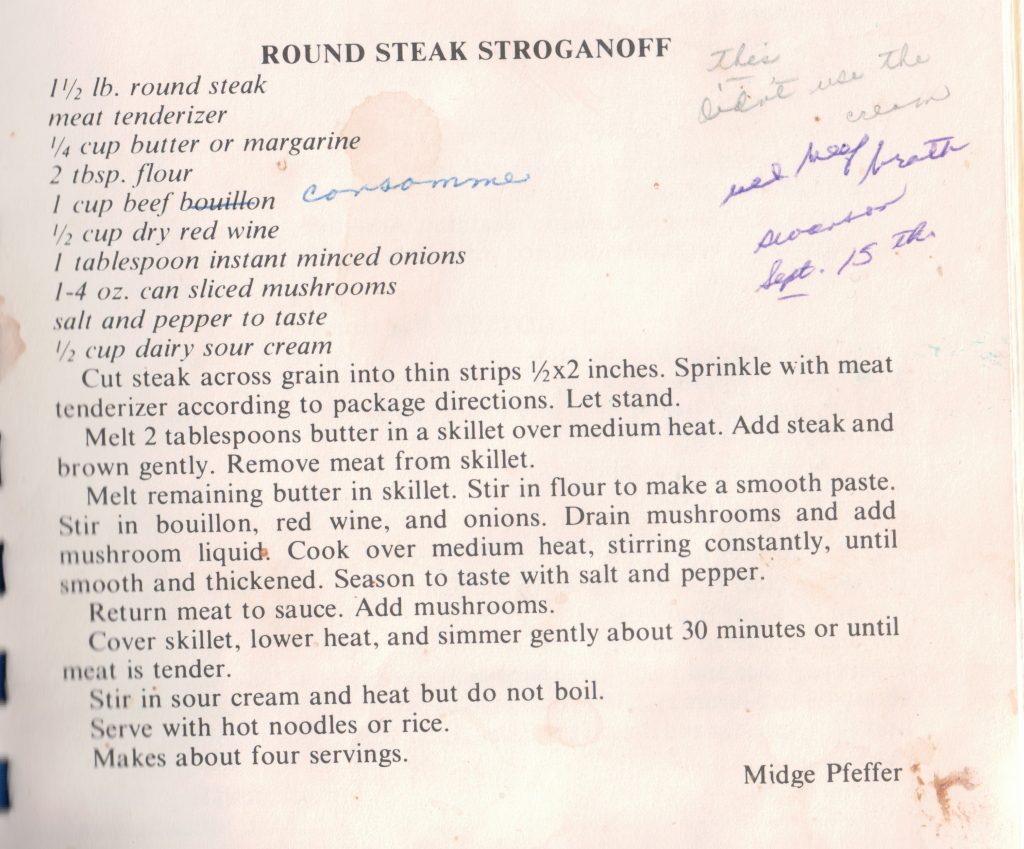The Ice House is Ready!
This is an archived post from “The Aroma of Bread,” and was first published 8 Feb 2013.
On November 21, 1905 Henry John Fassbender took the plunge, and purchased the White Clover Dairy Company in Hollandtown, Brown Co., Wisconsin. Not a young man, as he would soon turn 26-years-old, he knew what it would take to keep a factory of this size running. He would have help, as on January 17, 1906, he would marry the love of his life, Ida Emma Schultz.
Henry had been working in cheese factories all of his life, as in 1887 his father had built one of the first cheese factories in Outagamie County, Wisconsin, not far from the family farm in Ellington. One factory grew to two, and these family factories were now being run by his elder brother, Hubert; their parents, Peter and Elizabeth, had retired to Appleton, Outagamie Co., Wisconsin, in 1901.
One of the tasks of a cheesemaker was to harvest enough ice to last the summer. Harvesting began as soon as the ice was thick enough, usually by mid January, and continued until the house was full. That first year it was reported in the Kaukauna Times on February 9, 1906 that: “Our hustling cheesemaker Henry Faustbender [sic] is harvesting his next summer’s ice.” A couple of years later on January 31, 1908, the entry in the Kaukauna Times reported: “The ice harvest has begun in earnest and our cheesemaker and others who store ice are busy putting up next summer’s supply.”
Reporting on January 13, 1913, the Kaukauna Times stated: “Mrs. E. Van Abel, H. J. Fassbender and Matt Becker were harvesting their ice supply.” Matt Becker was a friend, and business associate of Henry’s, and Mrs. E. Van Abel is the former Ellen Wassenberg, the 71-year-old widow of Martin Van Abel, and grandmother of Wilfred and Don Van Abel. She was harvesting ice for her “Hotel.”
As we move further into the 20th Century, gasoline motors become more readily available, making harvesting ice a much quicker and easier process.
Why am I writing this post about ice? What does it have to do with food? Many years ago I had the good fortune to sit down with Henry’s daughter Mildred (Hunce), and she told me many wonderful stories about growing up in Hollandtown. Two centered around Henry’s ice house.
Always the humanitarian looking out for the people of his community, each year Henry would open up his ice house to the people of Hollandtown. Anyone who had a need for cold storage larger than what would fit into their household ice box, could carve out a niche in the ice house as their own. As Hunce remembered it, many people took advantage of this offer, coming and going throughout the summer.
The second story occurred on Monday, May 22, 1922, when at approximately 10:30 p.m. a boiler exploded at the factory. Hunce remembered hearing her father fly out of his bedroom on the first floor, and out the side door of the house. This door led straight to the factory. Eighty years later she could still hear the shower of sparks and debris hitting the tin roof of the house. An article published in the Appleton Post-Crescent on May 23rd states: “…the farmers were powerless to do much more than prevent flying sparks from communicating with nearby dwelling houses. At one time the sparks had started a blaze on the roof of a stucco house [Henry’s] about 200 yards away, but it was quickly extinguished…” There was nothing that could be done to save the factory, the papers reported the loss at $20,000, only “partly recovered by insurance.” One can only imagine Ida’s fear as she stood helplessly by watching the factory burn to the ground, and as she tried to comfort and protect her children. At the time of the fire Harold (Fat) was 14, Laurine (Ena) was 12, Red 11, Butch 9, Hunce 7, Cub 4, and Ann (Hank) was just eight months old.
Hunce also told me that day of her memory of the ice that was left after the ice house burned to the ground. She had a clear and distinct memory of how tall the remaining ice was, and how long it took for it to melt. Her memory, again corroborated by the newspaper article: “The ice house adjoining the factory also burned to the ground leaving a tower of ice about 35 feet high.”
Work began to rebuild White Clover Dairy began that very summer.




